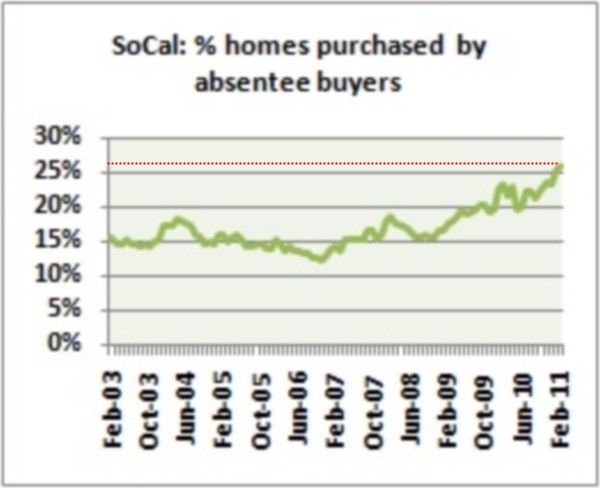Investors To Receive Lowdown On Funds
Post on: 22 Октябрь, 2015 No Comment

May 21, 1993 | By JANE BRYANT QUINN
Starting July 1, mutual-fund investors will finally start getting information they should have had years ago.
Under new rules from the Securities and Exchange Commission, your fund will have to show you — in a simple, easily understood format — exactly how well it has been performing. You will get each year`s percentage gain or loss. Even more important, your fund will be compared with a broader stock- or bond- market index, so you`ll know how it`s doing compared with the market as a whole.
A few funds have offered this useful information voluntarily. Most, however, show changes in the value of the fund only in dollars and cents. You need your own calculator to figure out the percentage return. Also, there`s no easy way of knowing whether your returns have been good or bad, relative to the general performance of stocks and bonds.
All this will change when the new rule takes effect. Here`s what you can expect in the prospectus:
IS FUND MANAGER ON THE MONEY?
— A new and simpler table of financial information, showing annual percentage gain and loss.
— The name of the person or people with primary responsibility for running the fund. If the portfolio manager changes, a notice to that effect has to be added to each prospectus and mailed to all current investors (by the next regular mailing). At last, you`ll know whether the person now managing the investments is the same one who ran up the fund`s recent record. This provision doesn`t apply to money-market funds, index funds (which are basically run by computer) and funds run by management committees.
— A discussion of factors, strategies and techniques that materially affected the fund`s performance over the year. You`ll find it in either the prospectus or the annual report to shareholders (most likely the annual report).
— A comparison of the fund`s performance — minus expenses — with the performance of a broad market index. For example, a stock fund might compare itself with the Standard & Poor`s 500 stock index. A bond fund might use the Lehman Corporate Bond Index. So you`ll see, on a simple line graph, whether your fund did better or worse than the market as a whole. You`ll also get your fund`s one-, five- and 10-year compounded average annual returns.

SEC WANTS INVESTORS TO KNOW
They will have to show their performance after subtracting all charges — compared with a standard index that doesn`t have investment expenses. The funds say that is unfair. But the new disclosures tell you whether your expensive manager is worth his or her price.
The industry argues that there aren`t appropriate indexes for every mutual fund. For example, what about a balanced fund that`s half stocks and half bonds? The SEC says investors should know what their fund`s investment strategy costs them.
Funds will also be allowed to compare their performance with their competitors. For example, a real-estate fund might rank itself among all the other funds that buy real estate.
Regrettably, the new SEC rule doesn`t affect the sales brochure. Under current rules, a fund that shows any yield at all also has to disclose its total returns for the past one, five and 10 years. But to see how the fund performed relative to the broad stock- or bond-market indexes, you`ll have to ask for the prospectus or annual report. Read them both before buying. You`ll learn a lot.
— Jane Bryant Quinn is an author and syndicated personal finance columnist. Readers with questions may write in care of Newsweek magazine, 444 Madison Ave. New York, N.Y. 10022














